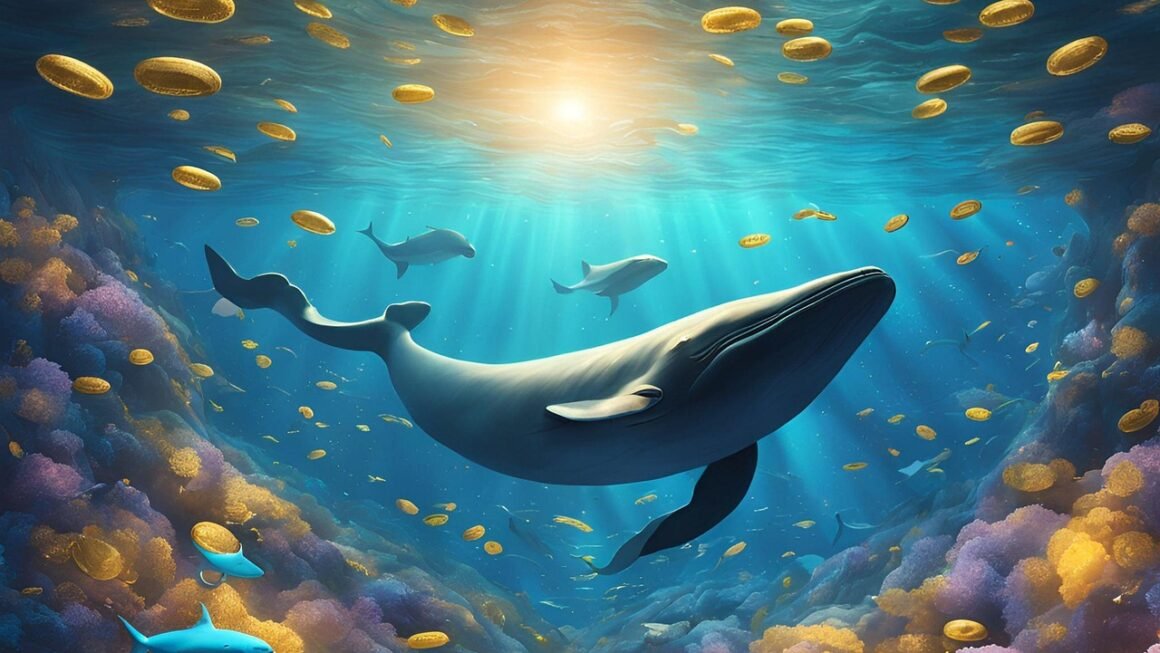Whales, the gentle giants of the ocean, captivate our imagination with their immense size, complex social structures, and haunting songs. These magnificent marine mammals play a crucial role in maintaining the health of our oceans and are a source of wonder for scientists and nature enthusiasts alike. From the icy polar regions to the warm tropical waters, whales can be found in every ocean on Earth. Let’s dive deeper into the fascinating world of whales, exploring their biology, behavior, conservation, and the vital role they play in our planet’s ecosystem.
What are Whales? Understanding Whale Biology
Whale Classification: Baleen vs. Toothed
Whales belong to the order Cetacea, which also includes dolphins and porpoises. Within this order, whales are further divided into two suborders:
- Mysticeti (Baleen Whales): These whales, such as humpbacks, blues, and grays, possess baleen plates instead of teeth. Baleen is made of keratin, the same material as our fingernails, and filters krill, plankton, and small fish from the water.
- Odontoceti (Toothed Whales): This group includes dolphins, porpoises, sperm whales, and orcas. They use teeth to catch fish, squid, and other marine life. They also rely on echolocation to navigate and hunt in the ocean.
The defining characteristic that separates these groups is their feeding mechanism, reflecting diverse evolutionary paths for capturing food underwater.
Physical Characteristics and Adaptations
Whales have evolved remarkable adaptations that allow them to thrive in the aquatic environment:
- Streamlined Body Shape: Reduces drag and allows for efficient swimming.
- Blubber: A thick layer of fat that provides insulation, energy storage, and buoyancy.
- Blowhole: A modified nostril on top of their head for breathing at the surface. Baleen whales have two blowholes, while toothed whales have only one.
- Flippers: Evolved from forelimbs, providing stability and steering.
- Flukes: The tail fin, used for propulsion. Whales move their flukes up and down to swim, unlike fish which move their tails side to side.
These adaptations showcase how whales have perfectly adapted to their watery home, ensuring survival in often harsh conditions.
Whale Behavior and Communication
Social Structures and Group Dynamics
Whale societies vary greatly depending on the species. Some species, like humpback whales, are relatively solitary, only congregating during breeding season. Others, like orcas, live in complex, highly social groups called pods. Orca pods exhibit strong family bonds and often remain together for life.
Examples of social behaviors include:
- Cooperative Hunting: Orcas coordinate to hunt seals, dolphins, and even larger whales.
- Teaching Calves: Mothers teach their young essential skills like hunting and migration routes.
- Social Play: Whales engage in playful activities like breaching, lobtailing (slapping their tail on the water), and spyhopping (raising their head above the water).
Whale Songs and Communication
Whales are renowned for their complex vocalizations. Humpback whales, in particular, are famous for their intricate songs, which are primarily sung by males during breeding season. These songs can travel for hundreds of miles and are thought to play a role in attracting mates. Toothed whales use echolocation, emitting clicks and listening for the echoes to create a “sound picture” of their surroundings.
Different types of whale vocalizations include:
- Songs: Complex sequences of sounds used for communication and mating displays (primarily by baleen whales).
- Clicks: Short, sharp sounds used for echolocation (primarily by toothed whales).
- Whistles: Used for close-range communication and social interaction.
The study of whale vocalizations offers invaluable insights into their social lives, behaviors, and the health of their underwater habitats.
The Importance of Whales in the Marine Ecosystem
Nutrient Cycling and Fertilization
Whales play a vital role in nutrient cycling in the ocean. When whales feed at depth and then release fecal plumes near the surface, they transfer nutrients from the deep ocean to the sunlit surface waters. This process, known as the “whale pump,” fertilizes phytoplankton, the microscopic plants that form the base of the marine food web. Increased phytoplankton abundance supports a wide range of marine life, from zooplankton to fish to seabirds.
Impact on Fisheries and Food Webs
By fertilizing the ocean, whales indirectly support fisheries. They increase the productivity of the ocean, leading to more abundant fish populations. Additionally, whales can help to regulate fish populations by preying on certain species. This helps maintain a healthy balance within the food web.
Carbon Sequestration
Whales also contribute to carbon sequestration, the process of removing carbon dioxide from the atmosphere. Phytoplankton absorb carbon dioxide during photosynthesis, and when whales consume phytoplankton, they store the carbon in their bodies. When whales die, their bodies sink to the ocean floor, taking the stored carbon with them. This “whale fall” provides a source of food and habitat for deep-sea organisms, further contributing to carbon sequestration.
In essence, whales are crucial engineers of the marine ecosystem, promoting biodiversity, productivity, and carbon sequestration.
Whale Conservation and Threats
Historical Whaling and its Impact
Throughout history, whales have been hunted for their oil, meat, and baleen. Commercial whaling decimated many whale populations, pushing some species to the brink of extinction. The International Whaling Commission (IWC) was established in 1946 to regulate whaling and conserve whale populations. While the IWC implemented a moratorium on commercial whaling in 1986, some countries continue to hunt whales under scientific permits or objections to the moratorium.
Modern Threats to Whales
Even with the moratorium, whales still face a number of threats in the modern world:
- Entanglement in Fishing Gear: Whales can become entangled in fishing nets and lines, leading to injury, starvation, and drowning.
- Ship Strikes: Collisions with ships can cause serious injuries or death.
- Pollution: Chemical pollution, plastic pollution, and noise pollution can all negatively impact whale health.
- Climate Change: Changes in ocean temperature and currents can affect the distribution and abundance of whale prey.
Conservation Efforts and How You Can Help
Fortunately, there are many conservation efforts underway to protect whales:
- Marine Protected Areas (MPAs): Establishing MPAs in key whale habitats can provide safe havens from human activities.
- Fishing Gear Modifications: Developing and implementing fishing gear that is less likely to entangle whales.
- Shipping Regulations: Reducing ship speeds and establishing shipping lanes to avoid whale migration routes.
- Pollution Reduction: Reducing plastic pollution and chemical runoff into the oceans.
- Supporting Conservation Organizations: Donate to or volunteer with organizations working to protect whales.
Individuals can also make a difference by:
- Reducing their use of single-use plastics.
- Supporting sustainable seafood choices.
- Educating others about the importance of whale conservation.
Conclusion
Whales are remarkable creatures that play a vital role in maintaining the health of our oceans. By understanding their biology, behavior, and the threats they face, we can work together to protect these magnificent animals for future generations. The future of whales depends on our collective efforts to address the challenges they face, from entanglement and ship strikes to pollution and climate change. By supporting conservation efforts and making sustainable choices, we can help ensure that whales continue to thrive in our oceans for years to come.



